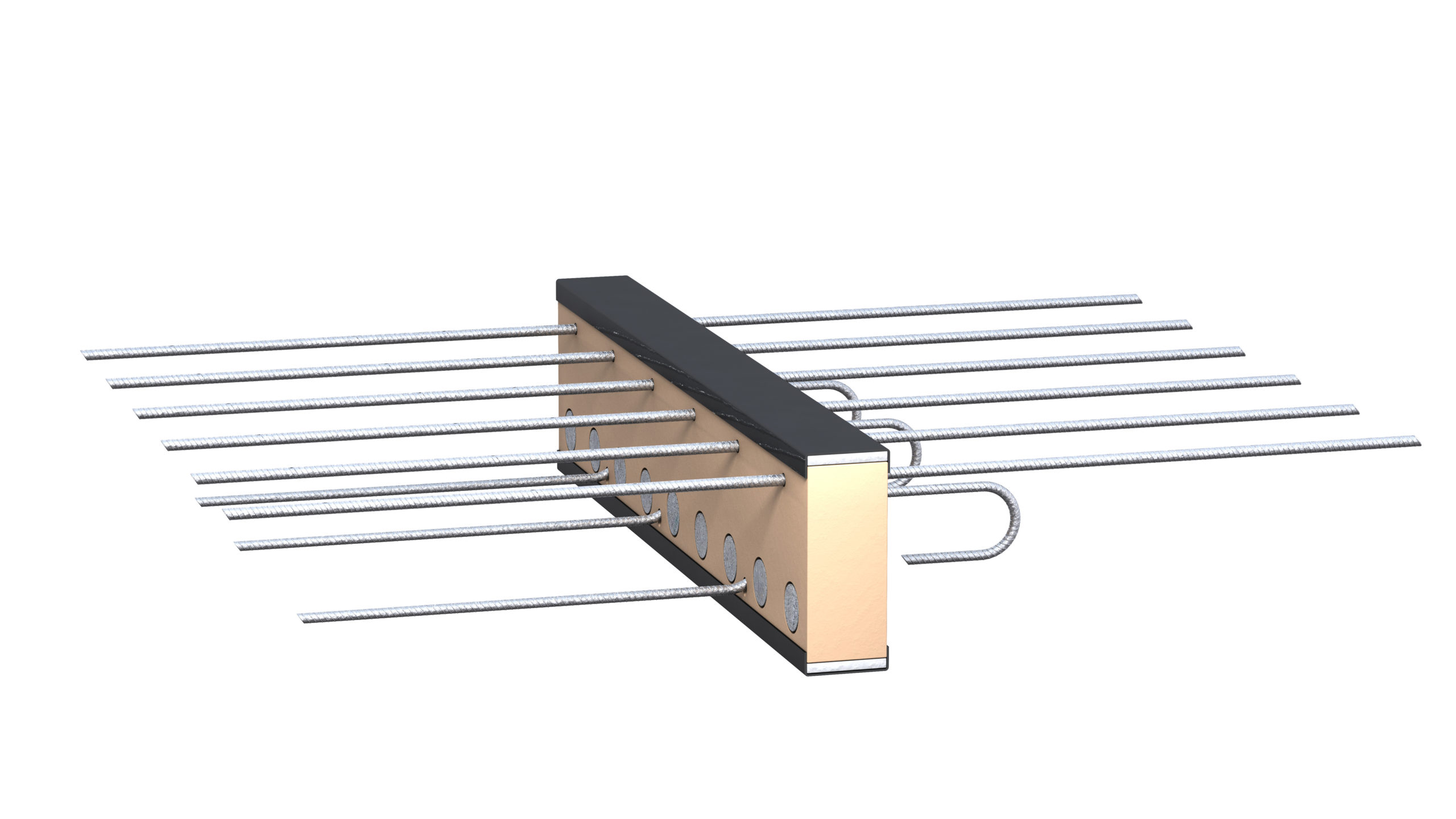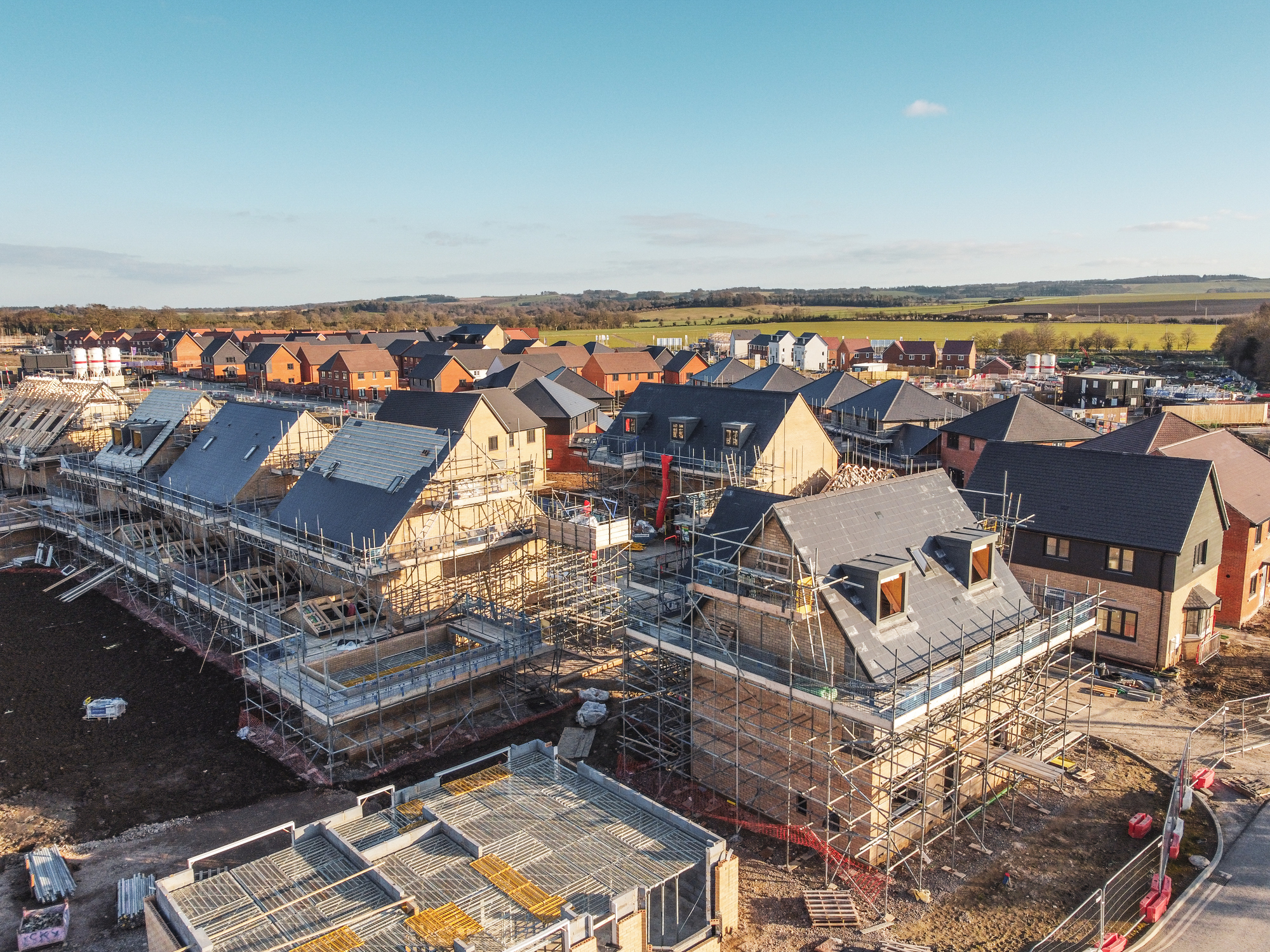
Why States Are Updating Building Energy Codes
Many states have recently updated their building energy code standards. Building codes set minimum requirements for energy efficient design and construction for new and renovated buildings. The energy codes are a response to concerns about air pollution, energy security, and rising cost of energy of all types.
How Energy Codes Help Cut Costs and Emissions
Because buildings are responsible for a large percentage of U.S. energy consumption and the associated carbon footprint, energy efficient building codes can have an important positive impact. Architects and developers are learning that designing and constructing efficient buildings are not only good for the environment – but also good for significantly reducing costs.
What New Energy Codes Aim to Achieve
The purpose of these new energy codes is to moderate and reduce energy usage and emissions throughout the lifetime of a building. With the life expectancy of a commercial building being between 50 and100 years or more, these new codes play a pivotal role in ensuring the longevity of building practices. New building materials and methods are being developed and introduced to the market every year that inch us toward net-zero carbon emissions.
Reducing the amount of energy used in buildings will greatly reduce global carbon emissions. A reduction in carbon emissions will contribute to reducing air pollutants and mitigate the harmful effects of climate change.










